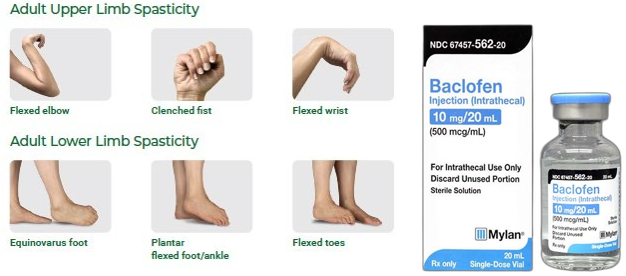A client with open-angle glaucoma asks the nurse how long the prescribed eye drops will need to be used. Which response made by the nurse is accurate?
Until a smaller angle can be restored.
For long-term control of normal eye pressure.
Until the excess pressure is reduced.
For long-term control of pain and swelling.
The Correct Answer is B
Open-angle glaucoma is a chronic eye condition that can cause irreversible damage to the optic nerve, leading to vision loss or blindness. The primary goal of treatment is to lower and control the intraocular pressure (IOP) to prevent further damage. Eye drops are often prescribed to reduce the IOP and are typically used for long-term control of normal eye pressure, even if the pressure has been reduced to a safe level.
Options a, c, and d are incorrect because they do not reflect the long-term management of open-angle glaucoma.
While reducing excess pressure may be a goal of treatment, it is not a guarantee that the eye drops will be discontinued once the pressure is normalized.
Likewise, restoring a smaller angle or managing pain and swelling may be secondary goals but are not the primary purpose of using eye drops in open-angle glaucoma

Nursing Test Bank
Naxlex Comprehensive Predictor Exams
Related Questions
Correct Answer is C
Explanation
Baclofen is a muscle relaxant medication used to treat muscle spasticity, which is a condition that causes muscles to become stiff and rigid. It works by reducing the activity of nerves in the brain and spinal cord that cause muscle spasms.
Option a, using stool softener as needed, is appropriate because baclofen can cause constipation as a side effect.
Option b, avoiding ingestion of alcohol, is also appropriate because alcohol can increase the sedative effects of baclofen and cause drowsiness or dizziness.
Option d, taking medication with meals, is recommended because it can help reduce stomach upset and nausea that may occur as a side effect of the medication.
Option c, discontinuing the medication when spasms cease, is incorrect because muscle spasticity is a chronic condition, and baclofen is used to manage symptoms over a prolonged period. Discontinuing the medication abruptly can cause withdrawal symptoms and exacerbate the spasticity. Therefore, the nurse should educate the client to take the medication as prescribed by the healthcare provider and not discontinue it without medical advice.

Correct Answer is D
Explanation
Ferrous sulfate is best absorbed on an empty stomach. The nurse should instruct the client to wait for 2 hours after meals before taking the tablet to promote the best absorption of the medication. The client should also be advised not to crush the enteric-coated tablets as this can affect the medication’s effectiveness.

Whether you are a student looking to ace your exams or a practicing nurse seeking to enhance your expertise , our nursing education contents will empower you with the confidence and competence to make a difference in the lives of patients and become a respected leader in the healthcare field.
Visit Naxlex, invest in your future and unlock endless possibilities with our unparalleled nursing education contents today
Report Wrong Answer on the Current Question
Do you disagree with the answer? If yes, what is your expected answer? Explain.
Kindly be descriptive with the issue you are facing.
